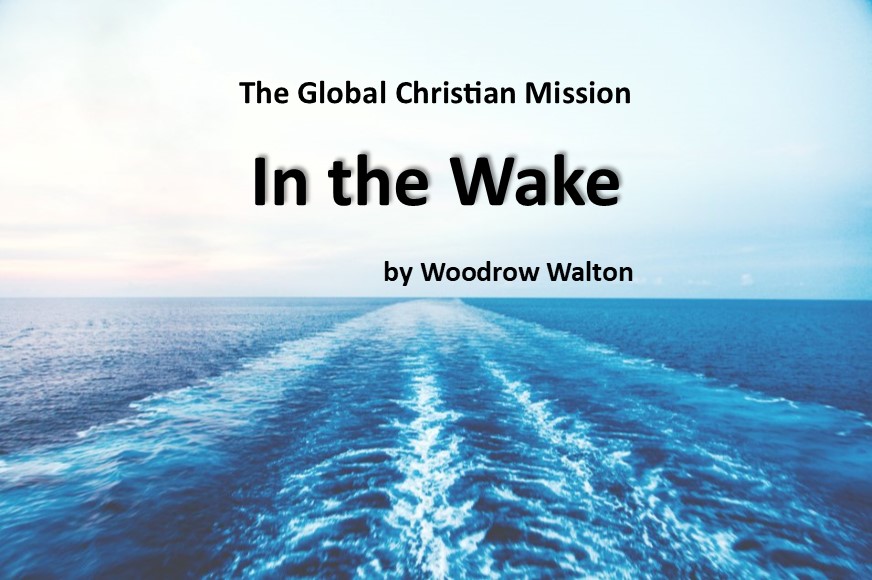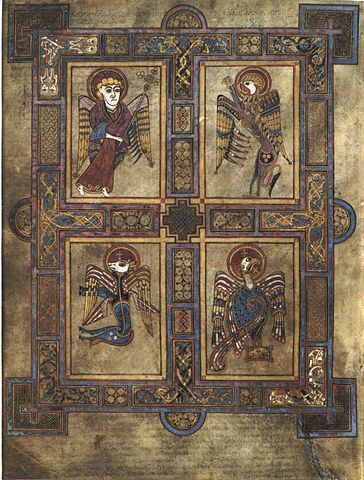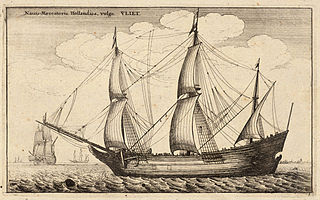The Global Christian Mission: In the Wake

As Western Europeans sailed the seas to trade and settle around the world, how did they carry the mission and message of Jesus with them?

This article is part of The Gospel in History series by Woodrow Walton.
Image: The Books of Kells by way of Wikimedia Commons.
The first long voyages of the Portuguese merchant mariners touched seashores around the world. In their wake came Portuguese Catholic priests to the mission fields of Angola on the western seaboard of Africa, the seashores of Mozambique in southeast Africa, the waters of the Arabian Sea, the southwest coast of India, and on the other side of the world, the Atlantic shoreline of Brazil.
The first long voyages of Spanish galleons left in their wake waters that washed the Philippines in the Pacific Ocean, the western seaboards of Mexico, Central and South America on one side of the world. On the other side, their ships penetrated the Caribbean all the way to the shorelines of eastern Mexico, Texas, and most of northern South America. These became the mission field of Spanish priests when they began arriving. They would soon be matched by French priests debarking from French vessels finding harbor in Mobile Bay and the southeast seaboard of North America.
The Netherlands and the English extended themselves to counter the feats of the Portuguese, the Spanish, and the French. The English had a distinct advantage over the Portuguese and Spanish and to an extent, the Netherlands. This was, in part, because of what happened in the eastern Mediterranean, of all places. In 1517, the Ottoman Turks seized Palestine. The Ottomans allowed other European nations a part of the Palestinian trade. England, under Queen Elizabeth, lobbied for influence at the Ottoman court in Istanbul for the right to bid against Venice and the Venetian merchants. The English were early allies of the Ottoman Turks, as they regarded them as a bulwark against a growing Catholic Hapsburg Empire in Central Europe.

A fluyt.
Image: Wikimedia Commons
Queen Elizabeth had a big part in establishing a joint-stock company. She named it the Levant Company and enabled it to underwrite business in the Ottoman-controlled eastern Mediterranean. The Levant introduced a new, fast-moving cargo ship: the Dutch fluyt. Without going into the details of the exchanges between the English and the eastern Mediterranean merchants, trade included such items as worsted wool and a high-tech fabric called kersey in exchange for raisins, wine, camel hair, and chemicals. What made this side-venture so important that there were among these new fast moving ships, twenty-five which were called The Mayflower. It was one of these Dutch-English cargo ships, docked at Leiden, The Netherlands, probably in transit, which gave shipment and transport to a group of Separatist Christians bound for the shores of North America and which made eventual land-fall at Plymouth. This ship was at the end of its grape-running life, from the shores of what is now Israel. The great European grape rush from the Bethlehem landscape to England and thereabout had a large part in the Christian mission by bringing a unique Christian group of individuals we now called the Pilgrim fathers into the American landscape.
Category: Church History, Fall 2019


